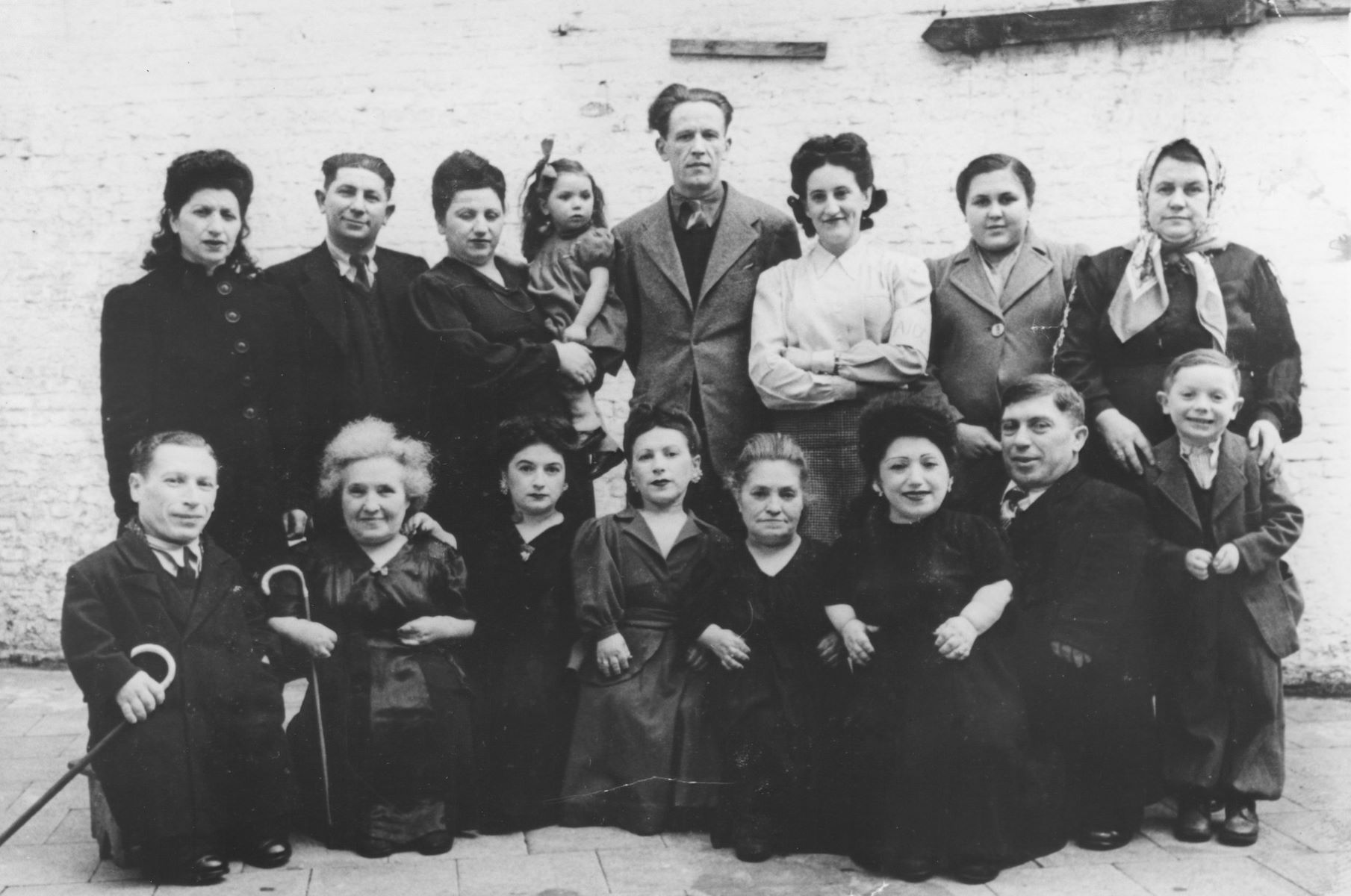
Who were the Ovitz Dwarfs and what happened to them at Auschwitz? The Ovitz family, also known as the Lilliput Troupe, were a group of seven Jewish siblings with dwarfism from Romania. They were famous performers before World War II. When the Nazis invaded, they were sent to Auschwitz. Dr. Josef Mengele, infamous for his cruel experiments, took a particular interest in them. He subjected the family to horrific medical tests, but their unique condition and Mengele's fascination with them ironically kept them alive. Remarkably, all seven siblings survived the Holocaust. Their story is a testament to human resilience and the bizarre twists of fate during one of history's darkest periods.
Key Takeaways:
- The Ovitz family, a group of Jewish dwarfs, showed incredible resilience and unity in surviving Auschwitz, inspiring others with their story of courage and strength.
- Despite enduring unimaginable hardships, the Ovitz family's legacy lives on, reminding us of the power of hope, unity, and the human spirit in overcoming adversity.
The Ovitz Family: A Unique Story
The Ovitz family, also known as the Lilliput Troupe, was a group of Jewish dwarfs who survived Auschwitz. Their story is one of resilience, courage, and the will to live against all odds. Here are some fascinating facts about their incredible journey.
-
The Ovitz family consisted of seven dwarfs and three average-height siblings. They were the largest family of dwarfs ever recorded.
-
They were originally from Rozavlea, a small village in Romania. The family was of Hungarian-Jewish descent.
-
The family was musically talented. They formed a traveling musical theater group called the Lilliput Troupe, performing across Europe.
-
Their father, Shimson Eizik Ovitz, was also a dwarf. He was a respected rabbi and a talented musician.
-
The Ovitz family spoke multiple languages, including Hungarian, Romanian, German, and Yiddish. This helped them communicate with diverse audiences.
Life Before Auschwitz
Before their harrowing experience in Auschwitz, the Ovitz family led a relatively normal life, filled with music, performances, and family bonds.
-
The family lived in a large house with a custom-built stage for rehearsals and performances.
-
They were well-known in their community and often performed at local events and celebrations.
-
The Ovitz family was financially stable due to their successful performances and tours.
-
They were deeply religious, observing Jewish traditions and customs.
-
The family had a close-knit bond, supporting each other through thick and thin.
Arrest and Deportation
The Ovitz family's peaceful life was shattered when they were arrested and deported to Auschwitz in May 1944.
-
They were arrested by the Nazis during a performance tour in Hungary.
-
The family was transported to Auschwitz in cattle cars, enduring a grueling journey.
-
Upon arrival, they were separated from other prisoners due to their unique physical characteristics.
-
Dr. Josef Mengele, the infamous Nazi doctor, took a particular interest in the Ovitz family.
-
Mengele spared their lives to conduct medical experiments on them, believing they held genetic secrets.
Life in Auschwitz
Life in Auschwitz was brutal, but the Ovitz family managed to survive through sheer determination and unity.
-
They were housed in a special barrack, separate from other prisoners.
-
The family was subjected to numerous medical experiments, including blood tests, X-rays, and painful procedures.
-
Despite the horrors, they maintained their spirits by singing and performing for fellow prisoners.
-
Mengele often used them as a form of entertainment for SS officers, forcing them to perform.
-
The Ovitz family members supported each other emotionally, providing comfort and strength.
Liberation and Aftermath
The Ovitz family's ordeal ended when Auschwitz was liberated by the Soviet Army in January 1945.
-
They were among the few survivors of Mengele's experiments.
-
After liberation, the family returned to Romania, only to find their home and possessions looted.
-
They eventually moved to Israel in 1949, seeking a fresh start.
-
In Israel, they resumed their musical performances, gaining popularity once again.
-
The Ovitz family became symbols of resilience and survival, sharing their story with the world.
Legacy of the Ovitz Family
The legacy of the Ovitz family lives on, inspiring countless individuals with their story of survival and strength.
-
Their story has been documented in books, films, and documentaries.
-
The Ovitz family members were honored by various Jewish organizations for their courage.
-
They contributed to research on genetic disorders, helping scientists understand dwarfism better.
-
The family's story highlights the importance of unity and support in overcoming adversity.
-
Their experiences serve as a reminder of the horrors of the Holocaust and the resilience of the human spirit.
Interesting Tidbits
Here are some lesser-known facts about the Ovitz family that add depth to their incredible story.
-
The family had a pet monkey named Mickey, who often accompanied them on tours.
-
They were skilled in various musical instruments, including the violin, piano, and accordion.
-
The Ovitz family often incorporated humor into their performances, making audiences laugh despite their hardships.
-
They maintained a positive outlook on life, even in the darkest times.
-
The Ovitz family's story continues to inspire new generations, reminding us of the power of hope and resilience.
The Legacy of the Ovitz Family
The Ovitz family's story is a testament to resilience and survival. Despite the horrors of Auschwitz, they managed to endure and even thrive after the war. Their unique condition, which initially made them targets, ironically became their shield. Dr. Mengele's twisted fascination with their dwarfism spared them from immediate death, allowing them to survive the Holocaust.
After the war, the Ovitz family continued to perform, sharing their story with the world. Their experiences serve as a powerful reminder of the human spirit's ability to overcome even the darkest of times. The Ovitz family didn't just survive; they lived to tell their tale, ensuring that future generations would remember the atrocities of the Holocaust and the strength of those who endured it.
Their legacy is a beacon of hope, illustrating that even in the face of unimaginable evil, the human spirit can prevail.
Frequently Asked Questions
Was this page helpful?
Our commitment to delivering trustworthy and engaging content is at the heart of what we do. Each fact on our site is contributed by real users like you, bringing a wealth of diverse insights and information. To ensure the highest standards of accuracy and reliability, our dedicated editors meticulously review each submission. This process guarantees that the facts we share are not only fascinating but also credible. Trust in our commitment to quality and authenticity as you explore and learn with us.


